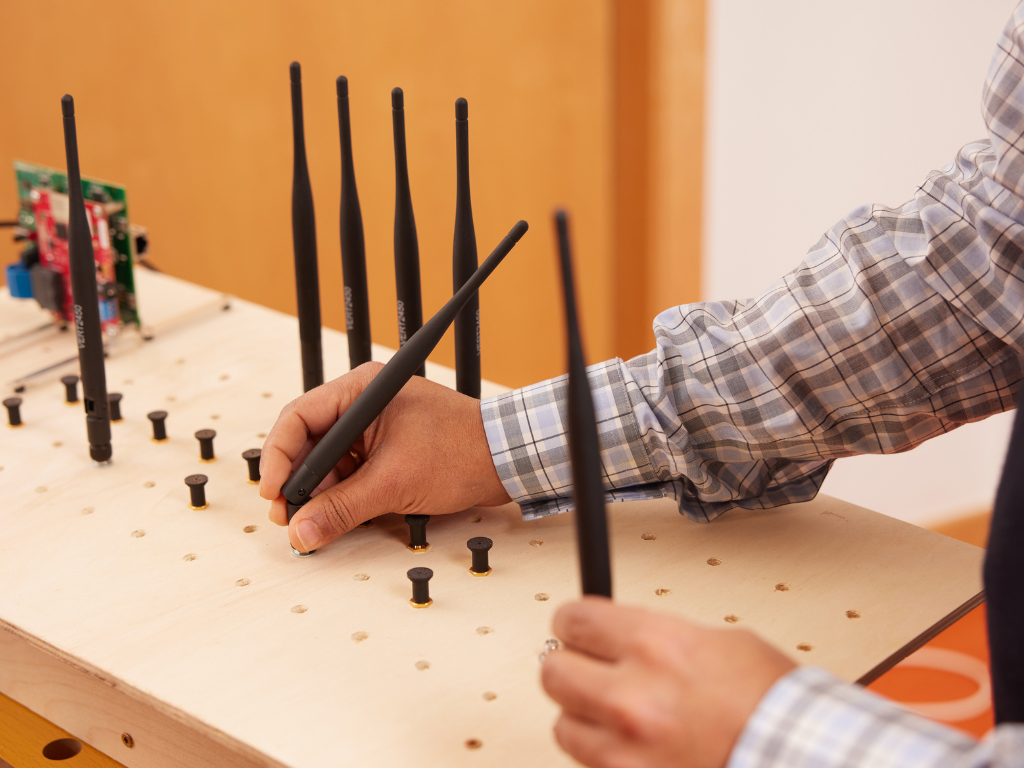Designing Signal Processing for Far-Reaching Impact
Signal processing has a direct impact on personal safety, environmental cognition, communications, and many other areas of our lives. The Signal Processing Applications in Radar and Communications (SPARC) group conducts research on enhancing radar performance through digital signal processing, and integrated sensing and communication. Applications range from automotive radars to future uses of radar signal processing in areas like biomedicine and environmental sensing.
Empowering
Cognitive Radars
With Active
Learning

Research projects
-
Duration:*
01.10.2017 to 30.09.2022
-
Funding source:*
ERC
-
Researchers:*
-
Partners:*
KTH Sweden
-
Description:*
-
Project details (PDF):*
-
Duration:*
01.12.2017 to 30.11.2021
-
Funding source:*
FNR
-
Researchers:*
Bhavani Shankar – Mohammad Alaee – Ehsan Raei
-
Partners:*
IEE S.A.
-
Description:*
-
Project details (PDF):*
-
Duration:*
01.05.2019 to 30.04.2023
-
Funding source:*
FNR
-
Researchers:*
Mohammad Alaee – Linlong Wu
-
Partners:*
IEE S.A.
-
Description:*
Radar systems have been extensively studied in the literature, resulting in a wide range of architectures (bistatic/ monostatic/ netted/ phased-array/ Multiple Input Multiple Output (MIMO)) and signal processing techniques (digital beamforming, waveform design, receiver processing) to improve radar detection, estimation, and classification. The majority of these, on the other hand, have co-located antennas and encounter or consider objects with a constant Radar Cross Section (RCS). Targets, on the other hand, have spatially fluctuating RCS with unique signatures in reality, and this is especially true for emergent applications. This causes a randomly varying backscatter, which has a significant impact on radar performance with co-located antennas. When moving to higher frequencies, this is reinforced. Radars with widely spread antennas are used to improve performance in such settings with extended targets which are the focus of this research
-
Project details (PDF):*
-
Duration:*
-
Funding source:*
FNR
-
Researchers:*
Mohammad Alaee – Yuan Liu
-
Partners:*
IEE
-
Description:*
High-resolution sensors are becoming integral in applications ranging from automotive safety and autonomous driving to health monitoring of infants and the elderly. The rapid development of high-performance, low-cost integrated multi-input, multi-output (MIMO) radar systems in the mmWave spectrum motivate this project proposal. To address the efficient design a such a radar system, high fidelity modelling of the scene and sensor system is required; enabling efficient selection of sensors, their placement, algorithms, performance evaluation and scalability. Commercial software simulators offer models for outdoor applications. However, ongoing collaborative research with partner IEE S.A. has revealed fundamental shortcomings of such efforts in modelling indoor scenes and support to joint sensing with multiple sensors. These scenarios are key to in-car and in-building applications, domains that are pursued by IEE. MASTERS aims to address this gap through analytical channel modelling and efficient simulation of time-dynamic processes allowing substantial cost/time savings and improved efficiency in system design.
-
Project details (PDF):*
